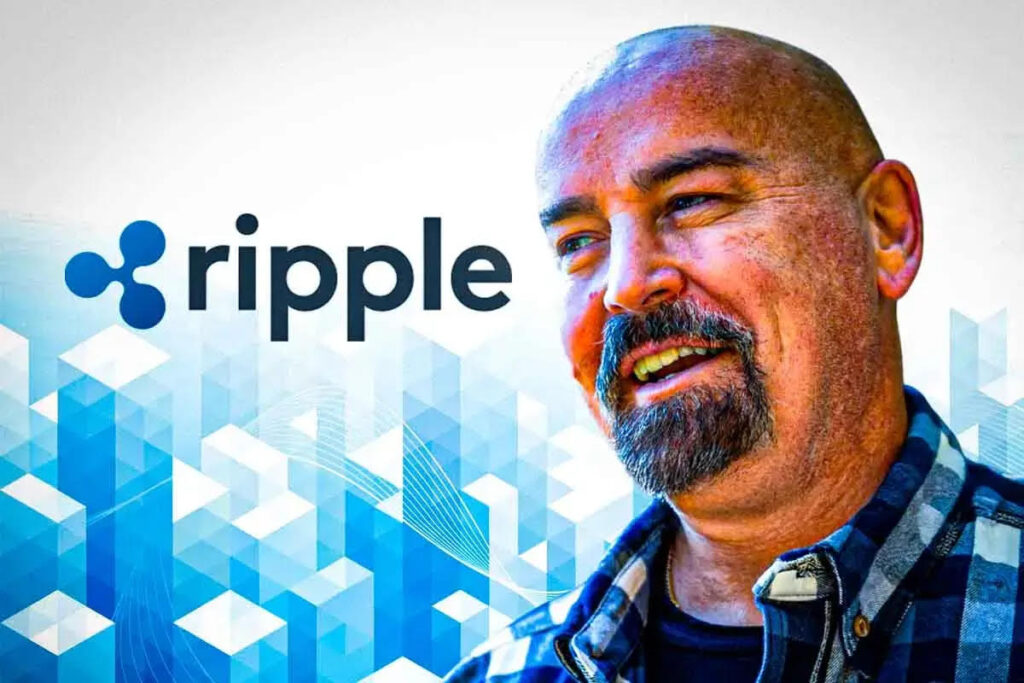Ripple’s Strategic Pivot: Embracing Custody Services and Tokenization
Ripple Labs is making waves in the cryptocurrency landscape by diversifying its offerings to include custodial services. Legal expert John Deaton suggests that this shift signals a long-term strategy aimed at positioning Ripple as a key player in the evolving financial ecosystem. By transforming its focus to custodial solutions, Ripple could not only enhance its operational capabilities but potentially boost the price of its native token, XRP.
Expanding Custody Offerings
According to insights from John Deaton, Ripple’s recent expansions are strategically aligned with their goal to offer comprehensive custodial services. After acquiring notable companies like Metaco and Standard Custody, Ripple is on a mission to create a one-stop solution for financial institutions harnessing blockchain technology. Deaton emphasizes that integrating custody services with payment solutions is crucial for Ripple, as it enables them to support institutions looking to adopt distributed ledger technology more seamlessly.
This pivot reflects a broader strategy by Ripple to establish itself as an all-inclusive hub for institutions. By offering both custody and payment services, Ripple is excellently positioned to attract a diverse clientele, which is particularly beneficial given the projected growth of the custody market, anticipated to reach a staggering $16 trillion by 2030.
The Vision for Tokenization-as-a-Service
The long-term vision outlined by Deaton indicates that Ripple is gearing up to provide tokenization-as-a-service to banks and financial organizations. This innovative approach will allow institutions to tokenize various assets—such as stocks and real estate—using Ripple’s advanced custody infrastructure. Deaton envisions the XRP Ledger evolving into a central hub for these transactions, further elevating the utility of Ripple’s recently introduced RLUSD stablecoin.
This focus on tokenization aligns with current industry trends as financial markets increasingly recognize the benefits of converting traditional assets into digital formats. Enhanced adoption of tokenization not only supports liquidity but also opens up new avenues for investment and asset management.
Benefiting from the SEC Case
Deaton suggests that Ripple’s prior challenges, particularly its protracted legal battle with the SEC, may have fueled a renewed focus on innovation. The legal hurdles have slowed Ripple’s growth, but the company’s aggressive push towards custody services aims to reclaim market momentum. This determination to innovate exemplifies Ripple’s resilience and adaptability in the face of challenges—a trait that could prove advantageous as it navigates its future.
Ripple’s dynamic response to competing solutions is particularly relevant in light of the burgeoning competition from companies like Circle. As payment networks become more integrated and efficient, Ripple’s advancements in custody solutions will be crucial to securing its market position.
Competition in the Custody Space
With innovative solutions springing up in the cryptocurrency space, Ripple faces significant competition. For instance, Circle’s recent launch of a payment network promises real-time payment capabilities, raising the bar for client expectations. As of now, XRP is trading around $2.30, having seen a notable price increase of nearly 7% in a single day, indicating a growing investor confidence.
To maintain its competitive edge, Ripple must continue to enhance its service offerings while focusing on user experience and operational effectiveness. The firm’s strategy to integrate custody services provides the foundation necessary to address this competitive landscape strategically.
Future Potential for XRP
The synergistic relationship between Ripple’s custody services and the evolving use cases for XRP is evident. Should Ripple’s RLUSD stablecoin successfully capture a significant share of the stablecoin market, particularly competing against established players like USDT, it could lead to a remarkable appreciation in XRP’s value. Deaton posits the possibility of XRP price dynamics dramatically changing as adoption increases, with analysts predicting substantial price growth if Ripple’s initiatives perform as expected.
Investment in custody services also reflects Ripple’s commitment to creating a secure and efficient environment for digital asset management. As confidence in Ripple’s offerings continues to build, the outlook for XRP looks promising.
Conclusion
In conclusion, Ripple’s strategic pivot towards custody services and tokenization represents a calculated response to both competitive pressures and recent legal challenges. By establishing itself as a comprehensive service provider for financial institutions, Ripple is not only positioning itself for future growth but is also paving the way for greater adoption of tokenized assets and stablecoins. As the cryptocurrency landscape evolves, Ripple’s adaptability may well determine its legacy within the industry, framing a new chapter in the ongoing revolution of digital finance.


